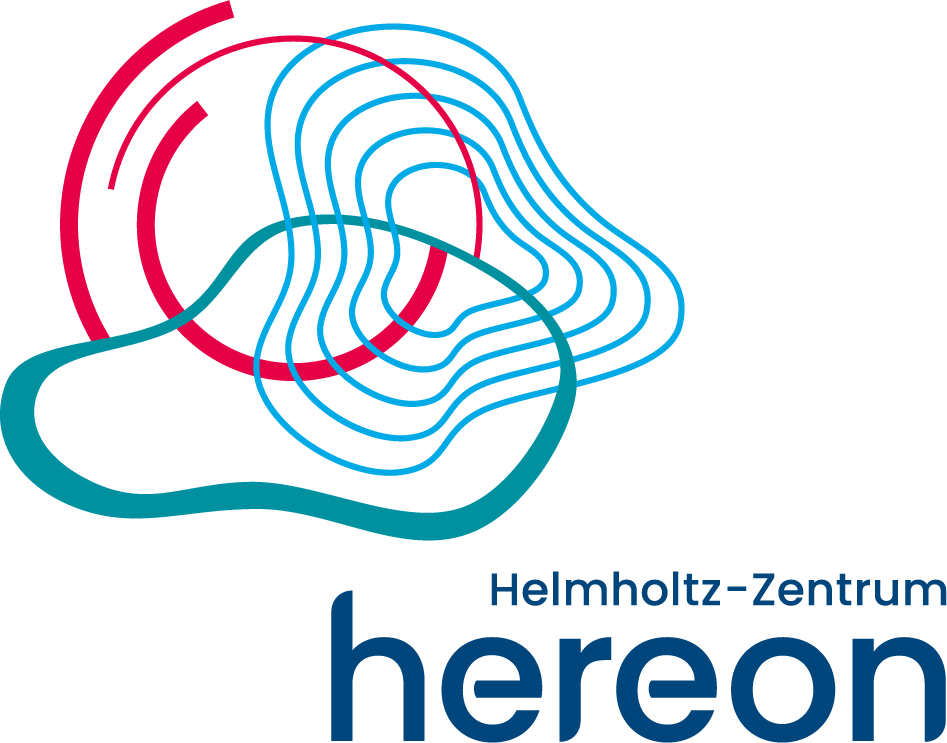MLZ is a cooperation between:
 > Technische Universität München
> Technische Universität München > Helmholtz-Zentrum Hereon
> Helmholtz-Zentrum Hereon
 > Forschungszentrum Jülich
> Forschungszentrum Jülich
MLZ is a member of:
 > LENS
> LENS > ERF-AISBL
> ERF-AISBL
MLZ on social media:

MLZ (eng)
Lichtenbergstr.1
85748 Garching
14.02.2025
Unlocking safer batteries: Insights into electrolyte materials for all-solid-state batteries
Lithium-ion batteries are essential for modern devices, so researchers continuously work on safer and more efficient alternatives. A research team led by Argonne National Laboratory (DOE) and Dr. Neelima Paul and Dr. habil. Ralph Gilles from the Heinz Maier-Leibnitz Zentrum (MLZ) revealed key insights into solid electrolytes for solid-state batteries. Neutron diffraction experiments played a central role in this. Their findings could lead to safer, more energy-efficient batteries.
Electrolytes are like membranes that allow an electrical charge carried by lithium ions to flow between the positive and negative electrodes of a battery. All-solid-state batteries use solid instead of liquid electrolytes. They are emerging as a critical technology for the future development of lightweight, energy-dense, longer lasting and safer lithium-ion batteries. Solid electrolytes are neither volatile nor flammable, unlike the liquid electrolytes used in conventional lithium-ion batteries.
Higher energy density
They are also less reactive with lithium metal, making solid electrolytes more compatible with lithium metal electrodes than liquid electrolytes. Because all atoms in lithium metal can participate in the charge and discharge of a battery—enabling it to store more energy—lithium metal has a higher energy density than graphite, a conventional electrode material.
Solid electrolytes made of lithium lanthanum zirconium garnet (LLZO) are a leading candidate for such a battery. This material stands out because of its strength and durability. It’s also notable for its conductivity, or the ease with which it moves lithium ions between electrodes during charge and discharge.
Shorter life cycles
To make LLZO even better, researchers have been experimenting with adding small amounts of elements like aluminum or gallium to improve how well the LLZO conducts lithium ions. This process is known as doping. Doping means adding small amounts of another element to change and improve the properties of a material. It’s like adding a pinch of spice to a recipe to make the dish better.
Doping with aluminum and gallium helps LLZO to retain the most symmetric structure and creates vacant spaces. These spaces allow lithium ions to escape more readily from electrodes and improve conductivity. However, doping can make the LLZO more reactive with lithium metal, shortening the cycle life of the battery.

At the interface of lithium lanthanum zirconium garnet and lithium metal, potential dopant positions are shown as pink spheres. The colorful waves reveal gallium reduction and alloy formation after lithium deposition. (Image by Matt Klenk, Sanja Tepavcevic and Peter Zapol/Argonne National Laboratory. Reprinted with permission from ACS Materials Lett. 2024, 6, 12, 5216-5221.) © 2024 American Chemical Society
Decreased conductivity
In the study, researchers examined what happens when LLZO containing aluminum or gallium dopants contacts metallic lithium. Using computational and experimental techniques, the researchers found that gallium tends to move more easily out of the electrolyte and has a stronger tendency to react with the lithium to form an alloy. This causes the amount of gallium to decrease. The loss of gallium can cause the lithium garnet to change its structure and decrease ionic conductivity. Conversely, aluminum-doped LLZO remains intact.
Gallium-doped LLZO is attractive because it has a much higher ionic conductivity than aluminum-doped LLZO. However, the reactivity of these dopants when put in contact with lithium is what led researchers to determine that in order to use gallium, an interfacial layer is needed to protect and preserve its conductivity but prevent its reactivity.
Understanding why the LLZO behaves differently, depending on which dopant has been added, will help scientists design better materials for stable and reliable solid-state batteries.
“It’s important to know how a dopant will react with lithium,” said Dr. Peter Zapol, an Argonne physicist and lead researcher on the paper. “It’s another requirement for good electrolytes, not just high conductivity.”
High conductivity and stability
If dopants are unstable, having improved conductivity is not enough, explained Dr. Sanja Tepavcevic, an Argonne chemist and lead experimentalist on the study. “If we can separate reactivity from conductivity, or if we can develop one material that has both high conductivity and stability, that’s basically what we are trying to show with this work,” she said.
By combining computational and experimental techniques, the researchers were able to measure key properties of the doped materials. At the same time, they gained atomic-level insights into what’s happening at the interface between the lithium metal and solid electrolyte.
Predict the stability and behaviour
Using a powerful computer-based method known as density functional theory to study how atoms and electrons behave in materials, the researchers were able to predict the stability of various dopants and how they would react with other substances.
There are few experimental techniques that allow scientists to look at the solid electrolyte-electrode interface, especially while an electrochemical reaction is occurring during battery operation. That’s because these interfaces are “buried” and not visible with most experimental techniques, according to Tepavcevic.
One technique researchers used was X-ray photoelectron spectroscopy (XPS) to study changes in the surface chemistry of LLZO. Another was electrochemical impedance spectroscopy to analyze the movement of lithium ions in electrolytes and at the electrolyte-electrode interface.
Neutrons show atoms
Another experimental technique the researchers used, neutron diffraction, helps determine how atoms are arranged in a material. In this case, it helped researchers confirm that gallium became less stable and more reactive once it interacted with lithium, whereas aluminum remained stable.
This research benefited from collaborations with several other institutions, including the University of California, Santa Barbara, which provided high-quality LLZO. Meanwhile, the neutron diffraction experiments were conducted at the Nuclear Physics Institute of the Czech Academy of Sciences in the Czech Republic, the planning of the measurements and analysis of the data at the MLZ.
Collaboration critical for this work
“The role of the U.S.-German collaboration was absolutely critical for this work,” Zapol said. “Looking ahead, these findings open new avenues in the international pursuit of safer, more efficient solid-state batteries.”
Original text: Argonne National Laboratory
Original publication:
Matthew Klenk, Neelima Paul, Michael J. Counihan, Zachary D. Hood, Yisi Zhu, Justin G. Connell, Charles Hervoches, Ralph Gilles, Jeff Sakamoto, Sanja Tepavcevic, and Peter Zapol
Comparative Analysis of Reactivity of Al and Ga Doped Garnet Solid State Electrolyte at the Interface with Li Metal
ACS Materials Lett. 2024, 6, 12, 5216–5221
https://doi.org/10.1021/acsmaterialslett.4c01237
More information:
In addition to Tepavcevic and Zapol, Argonne National Laboratory authors include Matthew Klenk, Michael Counihan, Zachary Hood, Yisi Zhu and Justin Connell. Also contributing were Neelima Paul and Ralph Gilles from the Heinz Maier-Leibnitz Zentrum; Charles Hervoches from from the Nuclear Physics institute of the Czech Academy of Sciences; and Jeff Sakamoto from the University of California, Santa Barbara.
The U.S.-German Cooperation on Energy Storage, which funded the study, was established by DOE’s Office of Energy Efficiency and Renewable Energy for its Vehicle Technologies Office to collaborate on lithium battery research.
Related News
-
26.07.2024
How old are you, battery?
-
06.11.2023
A new phase in the battery
MLZ is a cooperation between:
 > Technische Universität München
> Technische Universität München > Helmholtz-Zentrum Hereon
> Helmholtz-Zentrum Hereon
 > Forschungszentrum Jülich
> Forschungszentrum Jülich
MLZ is a member of:
 > LENS
> LENS > ERF-AISBL
> ERF-AISBL
MLZ on social media:






